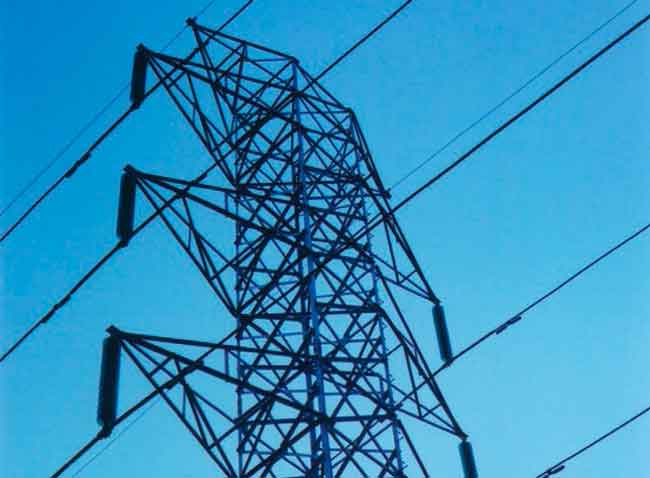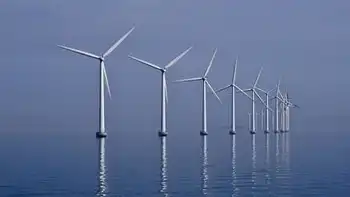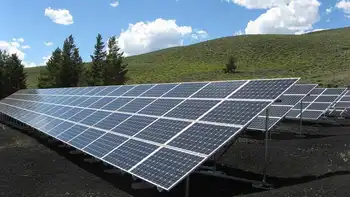Nuclear power is part of energy solution
By Statesman Journal
Protective Relay Training - Basic
Our customized live online or in‑person group training can be delivered to your staff at your location.

- Live Online
- 12 hours Instructor-led
- Group Training Available
But that was the exception that proved the rule. The reason is the utility industry makes sure a balanced mix of energy sources is always available.
The Energy Information Administration estimates that electricity production must rise 20 percent by 2030, which will require utilities to build additional generating capacity. To complicate matters, climate-change legislation that was approved in June by the House, and will be voted on soon by the Senate, calls for an 83 percent reduction in greenhouse-gas emissions by 2050.
This puts a huge premium on the use of clean energy technologies. Overall, renewable energy sources supply about 10 percent of U.S. electricity. But the vast majority of that comes from hydroelectric plants — 7 percent. Wind power, despite its enormous growth, still accounts for just 1.8 percent of U.S. electricity and the turbines operate only intermittently. And solar power supplies just 0.015 percent of America's electricity generation. By comparison, nuclear power provides about 20 percent of U.S. electricity.
Since nuclear plants are reliable and carbon-free, utilities are gearing up to build 28 new reactors around the country. Although nuclear plants are economically competitive, the up-front capital cost of building a reactor is high. And in today's economy, banks will not lend the money needed to build a nuclear plant unless the loan is guaranteed by the federal government.
Congress has authorized $18.5 billion in loan guarantees for the first few new nuclear plants. But that would cover four reactors at most. The Department of Energy has received applications for 14 nuclear projects, seeking a total of $122 billion in loan guarantees.
Loan guarantees are essential. They provide predictable financing and reduce the interest costs on private loans, which result in lower costs for consumers. The government already guarantees many billions of loans each year to help farmers, exporters, businesses and students. The government does not actually lend the money but agrees to pay it back in case the borrower defaults. If nuclear projects are properly managed, loan guarantees will cost taxpayers nothing.
The climate-change bill approved by the House would create a clean energy bank to provide loans for nuclear power and other types of low-carbon technologies. But the House arbitrarily placed a 30-percent limit on nuclear power's share of the loans. If allowed to stand, the restriction would mean there would not be enough loans to go around for most of the nuclear plants now on the drawing board. The Senate needs to remove the restriction so that this country can benefit from a major expansion of nuclear power.
Being the largest source of carbon-free energy, nuclear power is part of the solution, not the problem. This is an enormous opportunity to contribute to the security and safety of ourselves and the rest of the world.











